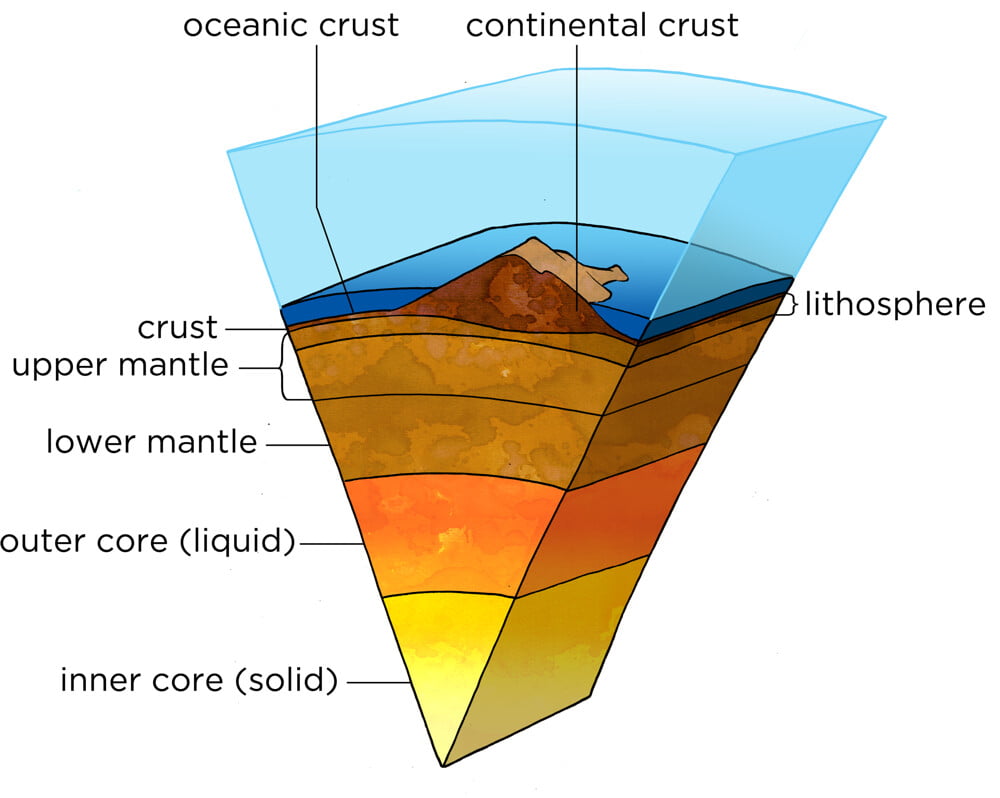Only two gemstones form in the Earth’s mantle
Yellow Diamond from South Africa, a country known for its diamond mines.
(Photo by Eric Nathan/Alamy, taken from National Geographic)
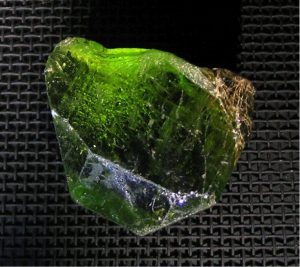 Olivine (Peridot) at the Natural History Museum, London.
Olivine (Peridot) at the Natural History Museum, London.
(Photo by Aram Dulyan, via Wikimedia Commons, taken from International Gem Society)
Most gemstones form in the Earth’s crust. Only two gemstones form in the Earth’s mantle – the diamond and the peridot. These are gems that crystallise at extremely high temperatures.
Fun fact: Diamonds may actually be the most plentiful crystals in the earth, but they just aren’t the easiest to reach
Diamonds are formed in the earth’s mantle.
Diamonds crystallise in very hot and fluid magma about 110 to 150 miles (117 to 241 kilometres) below the Earth’s surface. Because of the heat and fluidity, this magma is able to force a pathway up through the Earth’s crust at greater speeds and violence than other volcanic eruptions! These are called “kimberlite pipes”.
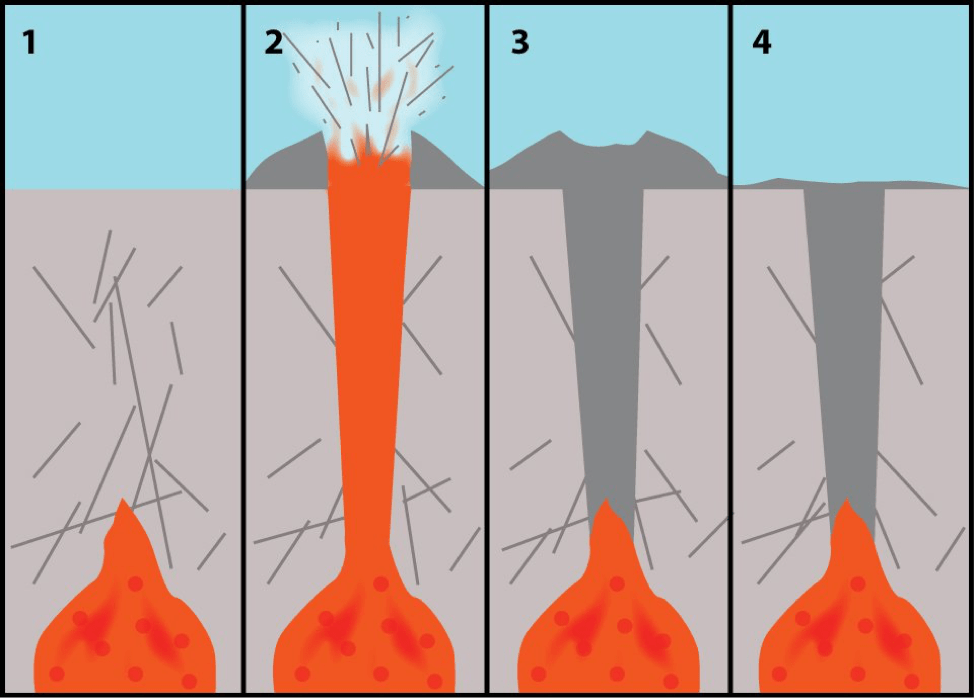
- Magma pocket comes in contact with a weak area in crust.
- A quick explosion results, carrying diamond-bearing magma from the lower mantle to the surface. During the eruption, a cone builds on surface.
- The pipe eventually cools, leaving carrot shaped pipe.
- The cone quickly erodes away, leaving the diamond-bearing rocks where people can reach them.
(Diagram and description taken from International Gem Society)
If the rising of magma were any slower, the diamonds would likely not survive, as the changing temperatures and pressure would likely have caused them to vaporise or recrystallise as graphite.
This video shows a simple set up at The Gem Museum. It shows the formation and mining of diamonds in the world.
Peridot
Geologists believe that peridot first crystallises on rocks floating in the mantle about 20 to 25 miles (32 to 89 kilometres) below the Earth’s surface. Then an explosive eruption brings them near the Earth’s surface, and weathering and erosion brings them close enough to be mined and found.
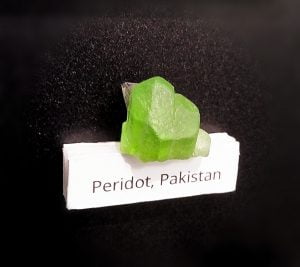
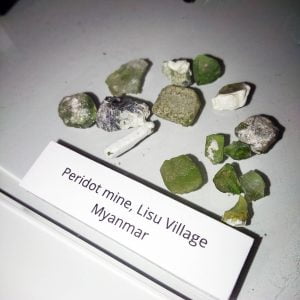
References / Further reading:
Gem formation – International Gem Society
Where did those gemstones come from – ThermoFisher Scientific

